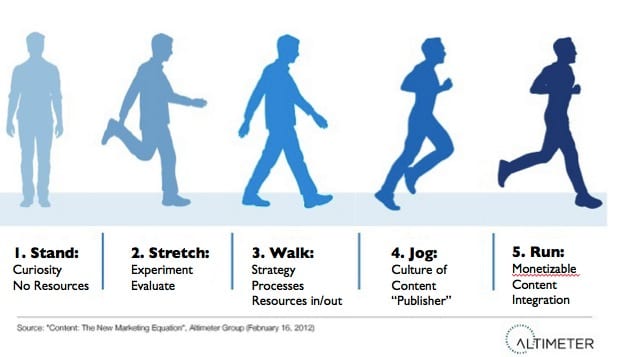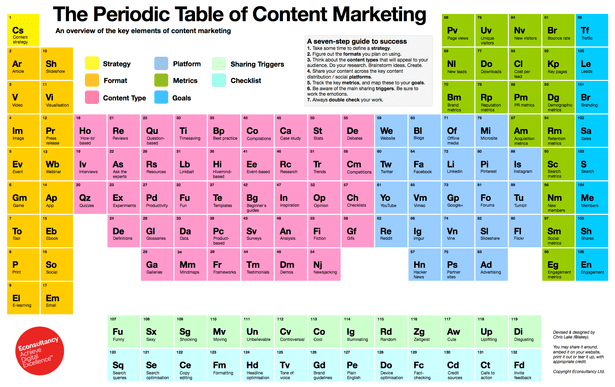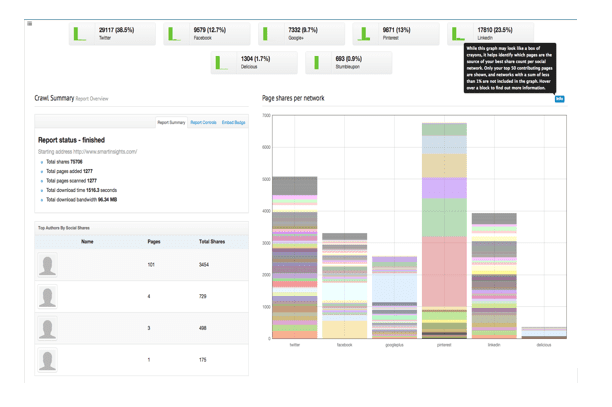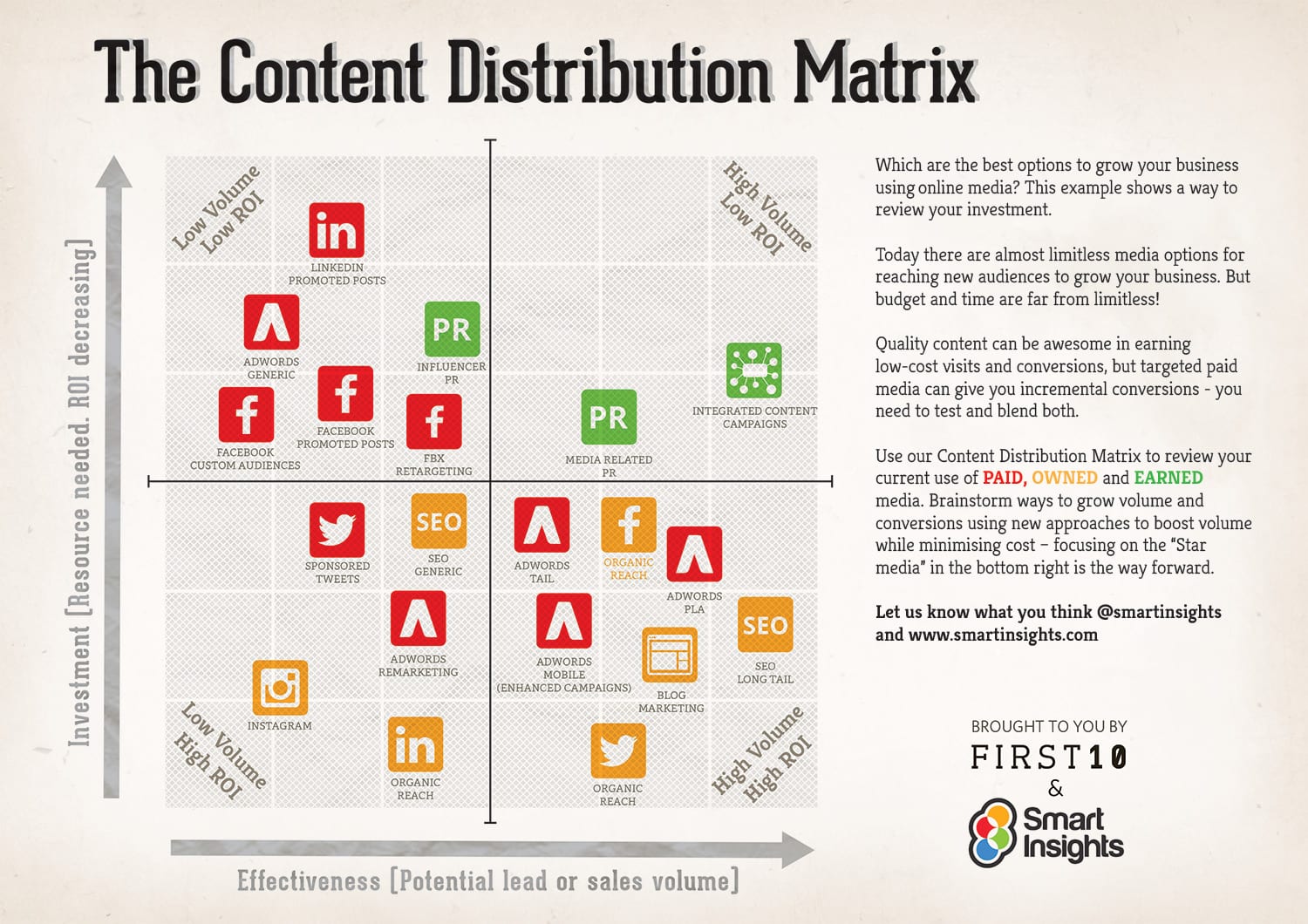2014 has certainly been a busy year for content marketing and something that wasn’t a surprise given the research and buzz evident at the start of the year which showed that content marketing was the highest rated marketing priority for marketers. The more recent 2015 marketing trends poll on Smart Insights showed that content marketing is still the top marketing priority for 2015.
But as the year has gone on, what have we really learnt about content marketing and the lessons we need to follow in order to execute this particular area of digital marketing effectively?
In this post I’ve grouped together some key content marketing themes from 2014 and links to recommended best practice articles and resources from Smart Insights and other sites.
Key areas of focus
Understanding content marketing
Before embarking on content marketing for your business, it's worth really exploring what content marketing really entails and the benefits it can drive. As with any type of marketing activity, there will be an opportunity cost between one approach and another.
Neil Patel's Advanced Guide to Content Marketing is a detailed, in-depth yet easy to follow tutorial covering content marketing across ten chapters, ranging from building a strong foundation to advice on how to plan and execute content marketing effectively.
Read: The Quicksprout guide to Advanced Content Marketing
Content strategy
Everything should start with a clear vision and strategy. Content plays a key role in nearly all digital marketing activity - paid, owned and earned media and so a well-defined content strategy will give you the platform and framework from which you can begin to create and distribute content.
Read: Smart Insights on Content Marketing Strategy

Organising for content marketing
Once you have an idea about how you’ll ideally be using content marketing for business, the next step is to consider the key elements that lead to successful content marketing. An understanding of how format, platform, content type and metrics come together will help you with the content strategy and planning processes.
Econsultancy’s Periodic Table of Content Marketing provides a simple yet effective visualisation of the many constituent parts that make for successful content marketing:

Content planning
Once a strategy has been devised, the next step is the plan. Developing a plan is crucial to the future success of your content marketing efforts. Research suggests that the majority of businesses don't have a content marketing plan so it's therefore more important than ever to gain an advantage by developing one of your own by following a clear process:
- Review current use of content marketing
- Define content marketing objectives and KPIs
- Conduct a content Gap analysis
- Create a content plan timeline
Competitor analysis
Part of the content marketing planning process will involve the benchmarking of your efforts against those of your key competitors.

This is an important part of the process as it enables you to not only evaluate the performance of your competitors’ efforts but also build a picture of the type of content activity, strategies and tactics that are working for others in your industry.
Read: Comparing content marketing competitor tools
Content creation
The content creation process is where the real fun begins - although it's by no means a simple process. To create truly compelling, 'killer' content, you need to blend art with science and become a storyteller to hook your audience.
Storyboarding is a great way to set out a structure for content that can be used individually or as part of a series.
Some of the key ingredients to help you storyboard ideas include:
- 1. Discover your ideal audience
- 2. Inform your hunch
- 3. Compile
- 4. Create a narrative
- 5. Find the hook
Read: Copyblogger Master Story Telling
Tools and techniques
There is a plethora of tools and techniques available to manage your content marketing efforts. The key is to choose and select the tool (or range of tools) that you’ll really need based on what you’ll be measuring and tracking (which should be outlined upfront in your digital marketing/ content strategy).
In September, Dave Chaffey outlined ten key digital marketing technologies to use in 2015, including those that will assist with:
- Content distribution
- Content curation
- Integrating SEO, social media and content
- Ecommerce and digital channel sales optimisation
- Analytics
Read: Digital Marketing Technologies for 2015
Content distribution/promotion
There are a multitude of different paid, owned and earned media opportunities to promote and/or distribute content.
Smart Insights’ new Content Distribution Matrix helps marketers to review the best options for promoting content by identifying the most effective means of distributing their content in generating site visits, leads or sales compared to the level of investment.

To use The Content Distribution Matrix, there are three steps to follow:
- Step 1. Mark up the current or past use of media for content distribution
- Step 2. Review promotion gap against competitor or sector use of content distribution techniques
- Step 3. Select and prioritise new methods of content promotion
Read: Content Marketing Promotion Matrix
Integrating content with SEO
Content marketing and SEO are very closely entwined, so much so that some would even argue that a large part of SEO and content marketing overlap. Nevertheless, content marketing and SEO are often managed separately and as a result you should consider the organic search benefits great content can bring if executed correctly.
As search engines have continued to refine their algorithms and methodologies, the practice of SEO has also changed. There are a lot of out-dated techniques and myths that should be considered when optimising your content for search engines. Be aware of these to ensure you make the most of what you have from an SEO perspective.
Read: Smart Insights integrating SEO and content marketing and Hubspot's excellent 17 SEO myths to leave behind in 2015.
Analysis
As outlined in the strategy and planning sections above, the goals and objectives behind your content marketing activity should be stated early on in the process as knowing upfront why and how you’ll be using content marketing will give you focus.
In his post from January this year, Danyl Bosomworth provided a table that breaks content marketing KPIs into three clear groups:
 Danyl also provided five questions to help set, manage and review your content marketing effectiveness and to ensure that you use actionable metrics:
Danyl also provided five questions to help set, manage and review your content marketing effectiveness and to ensure that you use actionable metrics:
- Q1. Which keyphrases related to content are most effective at driving visits and outcomes?
- Q2. Which referring partner sites or social networks have helped with link generation and measurement (for SEO) and the driving of traffic, referenced above as a part of SMO
- Q3. How does content viewed on click-paths or journeys affect marketing outcomes
- Q4. Are we increasing the % of engaged users?
- Q5. What are the satisfaction ratings for our content?
Read: Smart Insights Measuring content marketing and Content Marketing ROI guide











